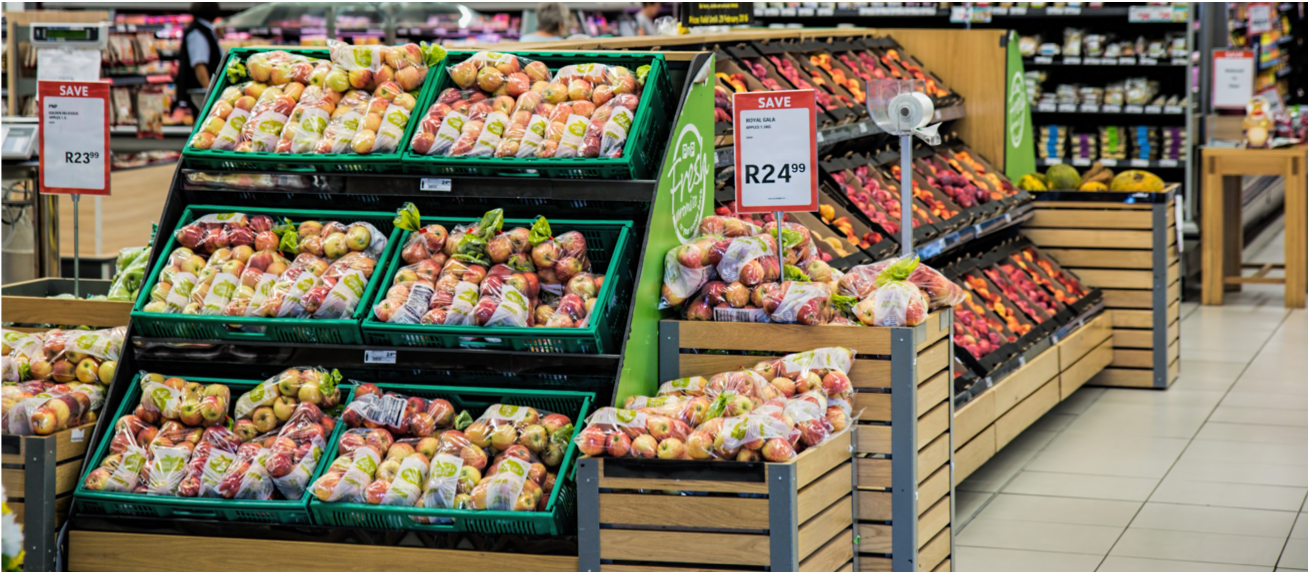Fresh Produce Recognition at Point of Sale
Trend Spotting
Coming back from NRF 2020 we’ve spotted the next big trend in grocery retail:
Image Recognition of Barcode-less Items
Self checkouts will soon be using computer vision technology to recognise barcode-less items such as fruits and vegetables. No more frustrated customers browsing through endless screens to locate the Banana’s SKU or delaying the queue trying to distinguish between Pink Lady and Red Delicious apples.
At first, we were cautious about calling this a trend, but one after the other, we noticed major industry leaders investing in initiatives aimed at this vision. NCR, Toshiba, Zebra, Shekel, DataLogic, Fujitsu, HP, NEC, StrongPoint and Diebold Nixdorf to name a few. It seems that item recognition will inevitably become a standard feature in all future self checkout systems (and even support regular cashier checkouts).
There are three reasons to invest in barcode-less item recognition:
- Improving the shopping experience
- Speeding up the checkout process
- Preventing loss at checkout
The Unseen
The question remains, with the proliferation of computer vision over the past couple of years, why isn’t such a solution already widely deployed?
As with every new technology, many hurdles need to be overcome before achieving scalable implementation. With supermarkets, the biggest challenge is maintaining the accuracy of the computer vision model over time. As it turns out, the visual appearance of fruits and vegetables varies between locations, suppliers and even throughout the season. That, on top of the different lighting conditions, surfaces and bags in each store means that a model which works perfectly in the lab will probably not achieve the same accuracy when deployed in an actual supermarket and even if it will — it’s accuracy will inevitably degrade over time until it is no longer relevant.
The first solution that comes to mind is to continuously collect more data and train new models over and over again — this is not a scalable solution! Mainly, due to high server costs and network bandwidth constraints. Simply proven, as no company has currently successfully implemented item recognition at POS in a cost effective way.
A World Where Machines can Train Themselves
If you have been following our previous blogs, you would know that there is a solution for this massive problem. Instead of transferring data and training new models on the cloud, it is possible to train on the POS itself. More accurately, have all the POS systems in the store continuously and collaboratively update the model based on the constant stream of data generated by regular customer transactions. This way the model is always up to date and the item recognition remains accurate over time..
